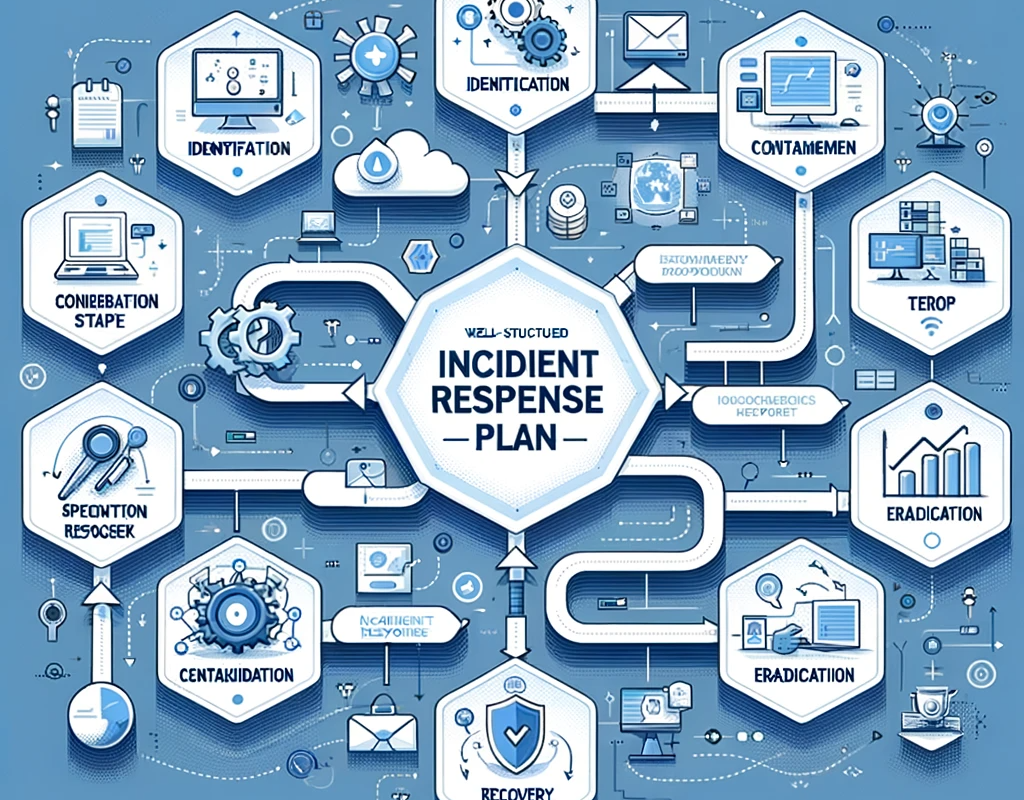Migrating business systems to the cloud unlocks game-changing agility and innovation. But it also introduces new security challenges that require robust cloud-centric defenses. In this guide, we’ll outline 5 critical best practices for securing your cloud transformation journey.
1. Adopt a Zero Trust Approach
The perimeter-focused security models of the past must be replaced with a zero trust approach for the cloud era. Zero trust ensures all access is securely authenticated and authorized while limiting lateral movement after breaches.
Key zero trust capabilities like multi-factor authentication, microsegmentation, and least privilege access should be implemented across your cloud environment. As your organization adopts SaaS apps, take advantage of identity and access management tools to control access centrally.
2. Automate Security Hygiene and Compliance
Cloud environments are dynamic, so security controls and compliance checks need to be automated as code. Leverage infrastructure as code tools like Ansible, Terraform, and Kubernetes to repeatedly deploy hardened configurations.
Use policy as code tools like Chef InSpec to continuously validate that configurations adhere to security standards. Taking this DevSecOps approach embeds security into cloud management workflows.
3. Protect All Access Paths
While the cloud provider secures the physical infrastructure, you’re responsible for protecting access to your environments and data. Lock down admin console access, remote management ports, customer-facing services, and other endpoints.
Analyze network traffic patterns and limit access to only essential ports. Enforce multifactor authentication across every possible entry point. Authentication errors and access denied events should also be monitored as warnings.
4. Centralize Security Monitoring and Controls
The sprawl of cloud environments creates new monitoring and management challenges. Unify visibility and security controls across on-prem, hybrid, and multi-cloud through security platforms like Microsoft Sentinel.
This enables threat detection, behavioral monitoring, automated response playbooks, and more to be orchestrated from a single pane of glass. Prioritize integrations with cloud access control, workload protection, and analytics services.
5. Plan for Security Incidents
Despite best efforts, some threats may evade defenses, so cloud incident response planning is crucial. Document plans for critical scenarios, roles and responsibilities, technical playbooks, and communications.
Test effectiveness through simulated incidents, and conduct debriefs for continuous improvement. Planning for inevitable incidents enables agile, assured responses.
Securing cloud transformations requires aligning security models, controls, and processes to the new environment. Adopt the 5 best practices outlined above to enable security at cloud speed and scale. Partnering with experienced cloud security consultants like DBGM can help you implement these measures while avoiding missteps. Let us guide your cloud security journey.




